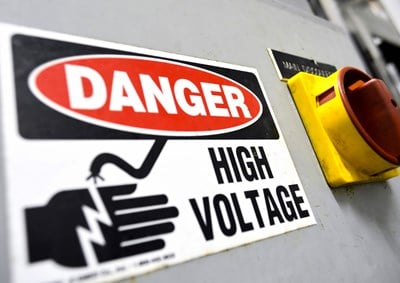Headaches have a variety of causes. Some are caused by stress and muscle tension, while others may be caused by lack of sleep, a delayed meal, an injury or even foods (e.g., lack of caffeine, alcohol, chocolate, cheeses, nuts, food preservatives). People also may get headaches from chemical irritants and odors, such as perfumes, smoke and fresh paint.
Nearly 30 million Americans experience migraine headaches, which usually are accompanied by vision changes (or auras) and sensitivity to light and/or sound. Pain from a migraine usually occurs as throbbing on one side of a person’s head and nausea or vomiting might occur. In some cases, a person might experience a combined tension and migraine headache. Migraine headaches can occur from changes in estrogen levels in women.
A less common form of headache comes in the form of a “clustering” of several painful daily attacks over a period of weeks or months. Known as a “cluster headache,” this ailment is five to eight times more common in men than in women and may be either episodic or chronic. The cluster headache usually peaks within five minutes and lasts for an hour or so. The pain is almost always one-sided and localized behind the eye. Pain with this type of headache may originate as a stabbing sensation behind one eye and may be severe. The affected eye may also become teary.
Most headaches can be relieved with over-the-counter pain relievers, sleep, ice packs or even massage.
Chronic or worsening headaches should be evaluated by a physician. A physician also should evaluate changes in the frequency, length or severity of your headaches or any over-use of pain relievers.
Seek emergency care if:
- The headache is accompanied by high fever, confusion, stiff neck, prolonged vomiting, slurred speech or numbness or weakness, especially on one side of the body.
- Headache medication does not relieve chronic or excruciating pain.
- Head pain prevents eating or drinking, making one susceptible to dehydration or malnutrition.
- You experience major side effects to medication, such as severe drowsiness, sedation or nausea and vomiting.
- The nature, frequency or severity of the headache changes, or the pain feels different from pain associated with previous headaches.
- You experience a sudden, severe headache with no known cause, which may indicate stroke (a non-traditional symptom).
Children also get headaches, but they usually are not serious. Children with frequent headaches or serious symptoms should be evaluated by a medical professional.
 American College of Emergency Physicians
American College of Emergency Physicians







